According to the BBC, research from the Francis Crick Institute (London - UK) shows that the dormant remnants of these old viruses can be awakened when cancer cells get out of control. This inadvertently helps the immune system target and attack tumors more effectively.
Scientists have previously found a link between a higher chance of survival after lung cancer and a part of the immune system - called B cells - that gathers around tumours.
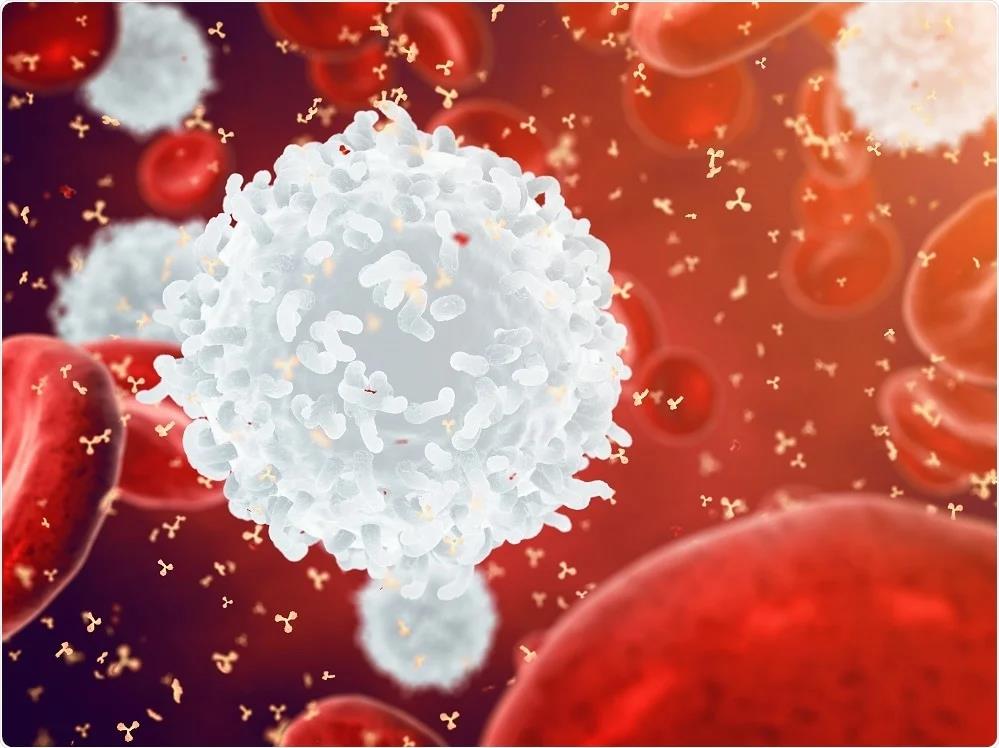
B cells have acted to fight what they think is an ancient virus, a mechanism that has the potential to help create vaccines to prevent and treat cancer - Photo: NEWS MEDICAL
B cells are what produce a wide range of antibodies that can help attack invaders, including infectious diseases like COVID-19 or damaged cells from cancer.
Exactly what they do for lung cancer remains a mystery, but a series of complex experiments based on patient samples and animal testing suggest that attacking cancer cells essentially kills two birds with one stone.
What the antibodies are trying to attack are remnants of what are known as "endogenous retroviruses", which inadvertently attack cancer cells, according to Professor Julian Downward, Deputy Director of Research at the Francis Crick Institute.
Retroviruses, which originated tens of millions of years ago, have inserted a copy of their genetic instructions into our bodies. And in fact, more than 8% of what we think of as “human DNA” comes from such ancient viruses.
Some of these retroviruses became a permanent part of our genetic code tens of millions of years ago and were shared with our evolutionary relatives, the great apes. Despite the complex process of divergence and evolution, we and apes still carry these remnants in our bodies.
Over time, some of these foreign instructions have been "domesticated" by the body to serve useful purposes inside our cells, but are also tightly controlled by other genetic elements of the intelligent machine called "the body" to prevent their spread.
However, the chaos that prevails inside a cancer cell as it grows uncontrollably causes this ancient viral remnant's control mechanism to be lost.
These ancient genetic instructions can no longer revive the entire virus, but they can create enough viral fragments to get the immune system to sound the alarm and get to work.
Professor George Kassiotis, head of retroviral immunology at the Francis Crick Institute's Biomedical Research Centre, described how the cancer cell's activity caused it to be mistaken for a virus or an active "accomplice" and should be destroyed.
It's a remarkable role reversal for retroviruses, says Professor Kassiotis. In their heyday tens of millions of years ago, they may have caused cancer in our ancestors by invading DNA and causing damage to the genetic system, a mechanism that gives rise to cancer.
The researchers, published in Nature , want to boost that effect by developing vaccines that teach the body how to hunt down endogenous retroviruses.
This vaccine would exploit the above mechanism to become a vaccine to treat resistant cancers - in patients where other methods are no longer effective because cancer cells find ways to evade the immune system.
More ambitiously, they think the mechanism could also help the vaccine prevent cancer, just like the vaccines we use to prevent infectious diseases.
Source


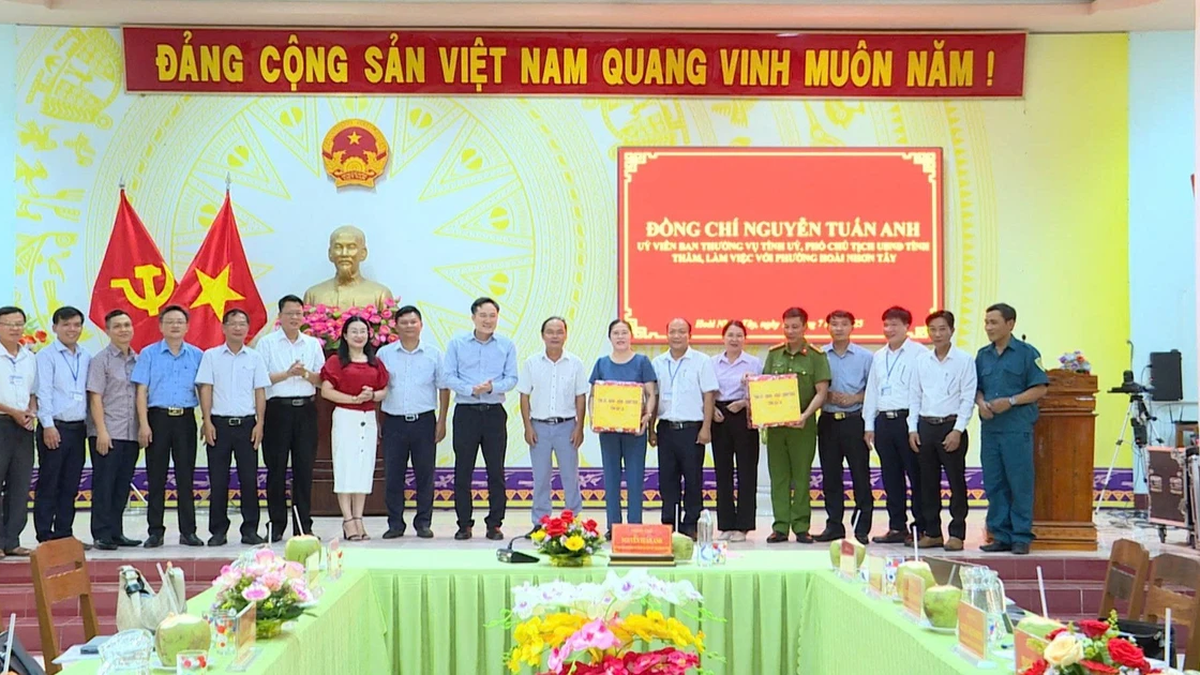
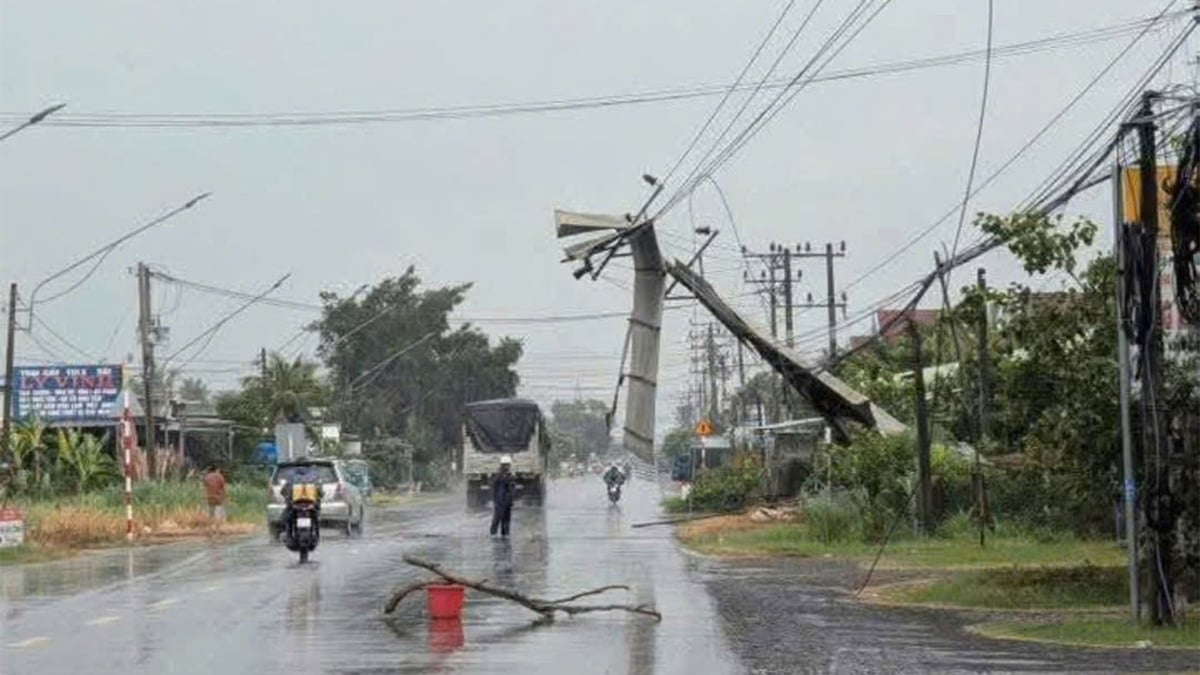
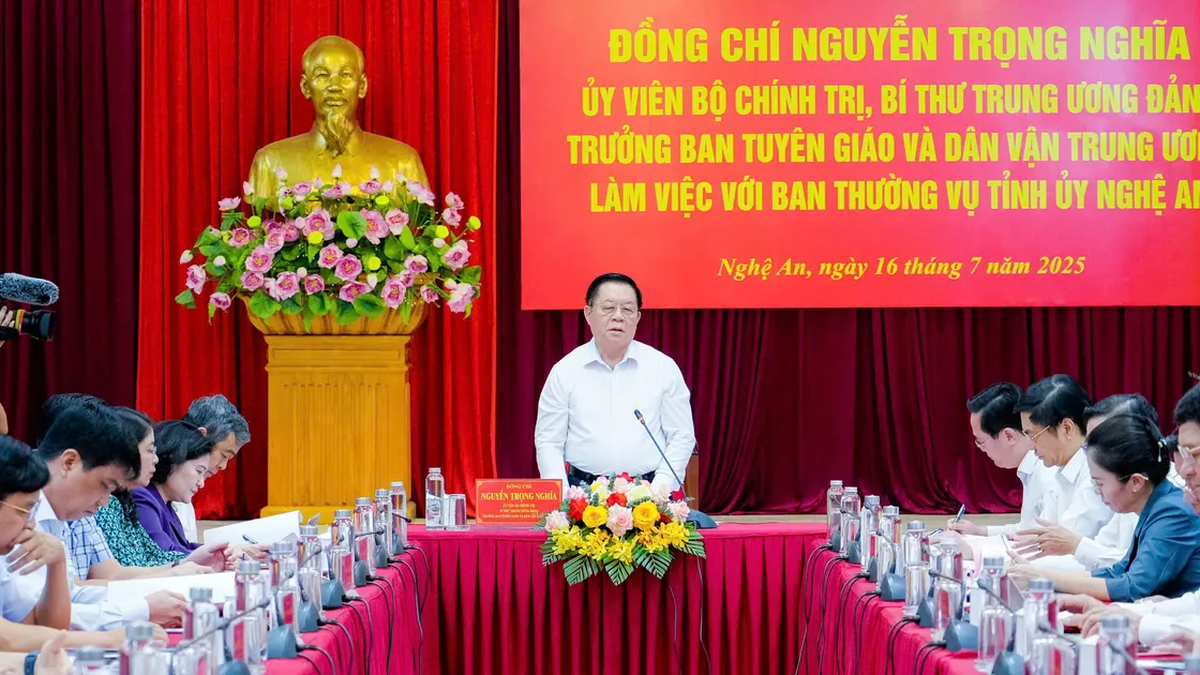




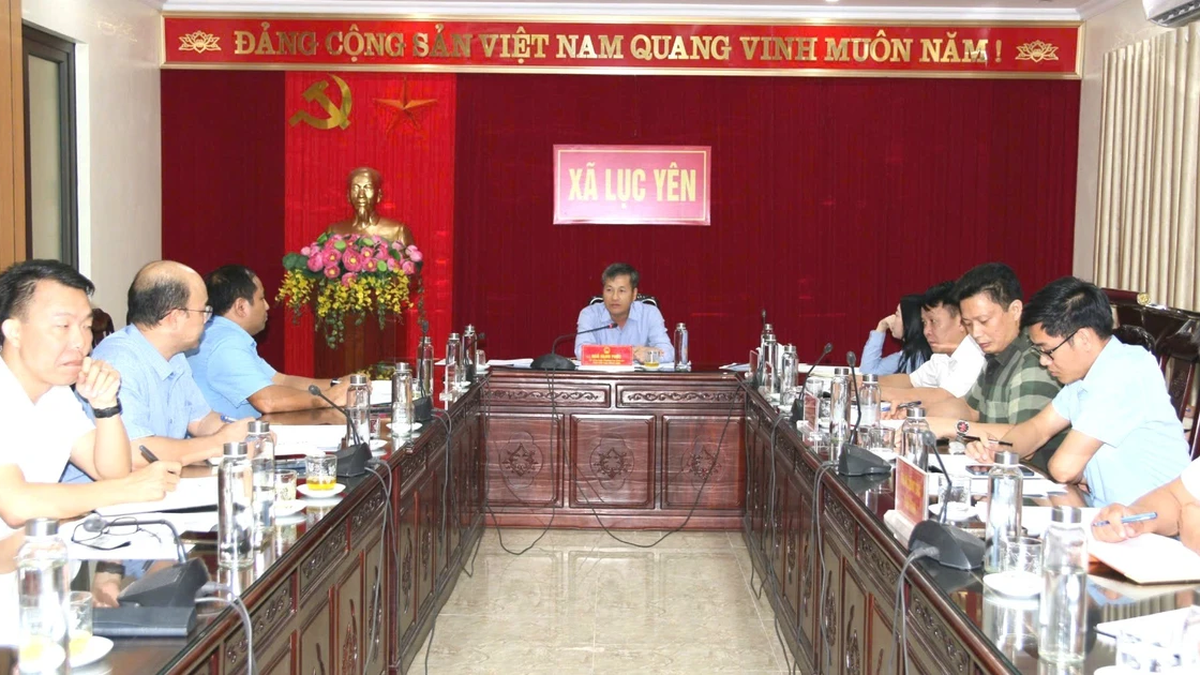
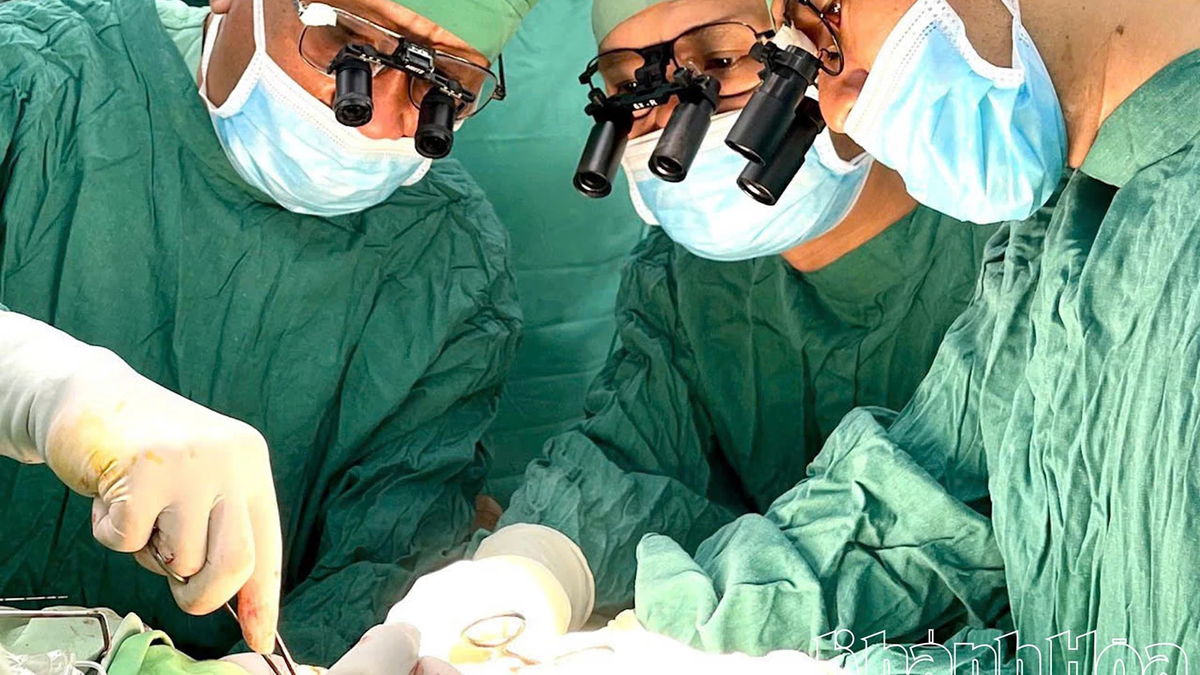
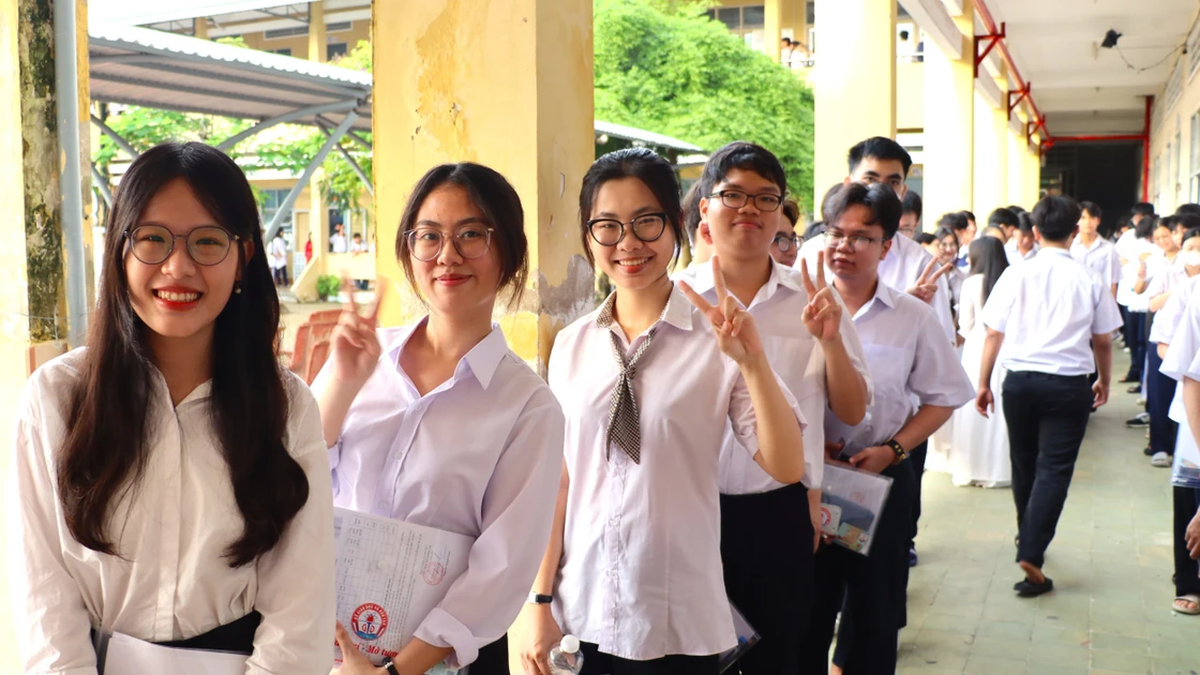








































![[Maritime News] More than 80% of global container shipping capacity is in the hands of MSC and major shipping alliances](https://vphoto.vietnam.vn/thumb/402x226/vietnam/resource/IMAGE/2025/7/16/6b4d586c984b4cbf8c5680352b9eaeb0)



















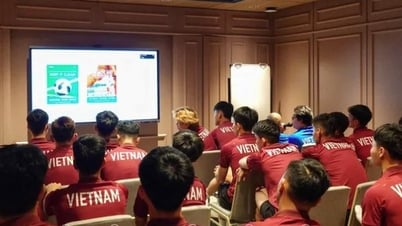
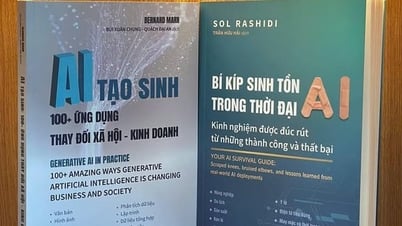
























Comment (0)